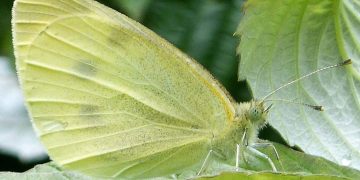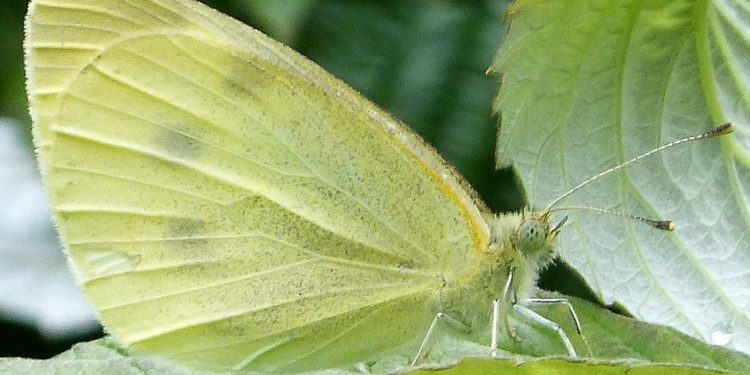#AgroEcosystem #IntegratedPestManagement #SustainableFarming #FoodSecurity #PestControl #CruciferousVegetables
The cabbage webworm, scientifically known as Hellula undalis, is a notorious pest that feeds on cabbage, broccoli, cauliflower, and other cruciferous vegetables. This pest can cause significant economic losses to farmers and seriously impact the global food supply. In this article, we will explore the development and consequences of the cabbage webworm outbreak and what we can do to prevent it.
Development of Cabbage Webworm Outbreak
The cabbage webworm is native to Asia but has spread to other parts of the world, including Europe, Africa, and the Americas. The larvae of the cabbage webworm feed on the leaves, flowers, and pods of cruciferous vegetables, causing significant damage to the plants. The adults are small brown moths that lay their eggs on the undersides of the leaves.
The cabbage webworm outbreak occurs when the environmental conditions are favorable for the moth to reproduce and the larvae to thrive. These conditions include warm temperatures, high humidity, and a lack of natural predators. The outbreak can spread quickly, causing significant damage to crops and leading to economic losses for farmers.
Consequences of Cabbage Webworm Outbreak
The cabbage webworm outbreak can have devastating consequences for both farmers and consumers. Farmers may experience significant crop losses, reducing their income and ability to provide for their families. Consumers may also experience the impact of the outbreak in the form of higher food prices or limited availability of their favorite vegetables.
Moreover, the cabbage webworm outbreak can also have environmental consequences. Farmers may resort to using pesticides to control the pest, which can have negative impacts on the environment, such as polluting water sources, harming beneficial insects, and creating pesticide-resistant pests.
Preventing Cabbage Webworm Outbreak
Preventing the cabbage webworm outbreak requires a multi-faceted approach. Farmers can implement integrated pest management practices, such as crop rotation, planting trap crops, and releasing natural predators of the cabbage webworm, to reduce the population of the pest. Consumers can also play a role by purchasing produce from farmers who use sustainable farming practices and support agricultural research and development.
The cabbage webworm outbreak can have significant economic, social, and environmental consequences. Understanding the development of the pest and taking preventative measures can help to mitigate its impact and secure the global food supply.































